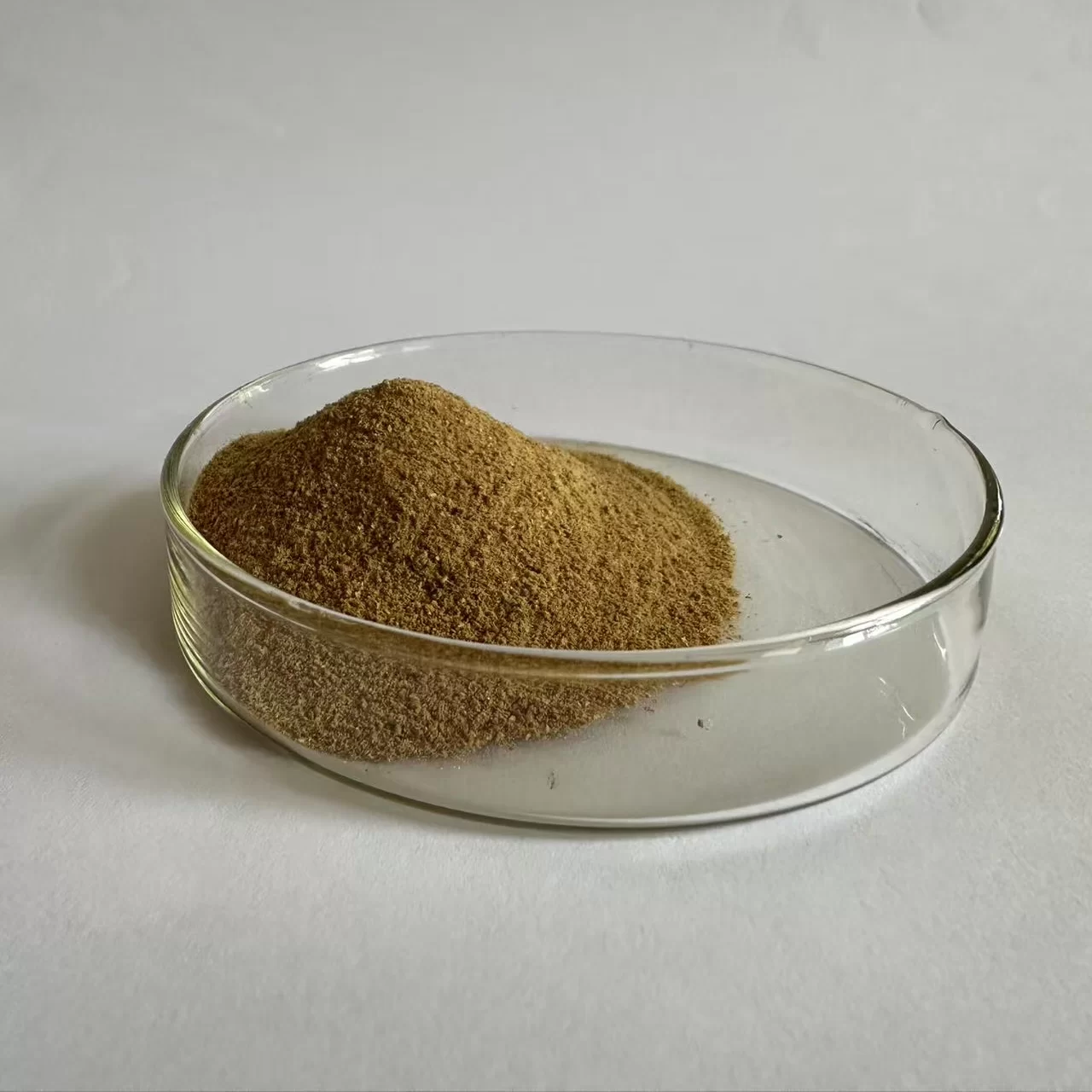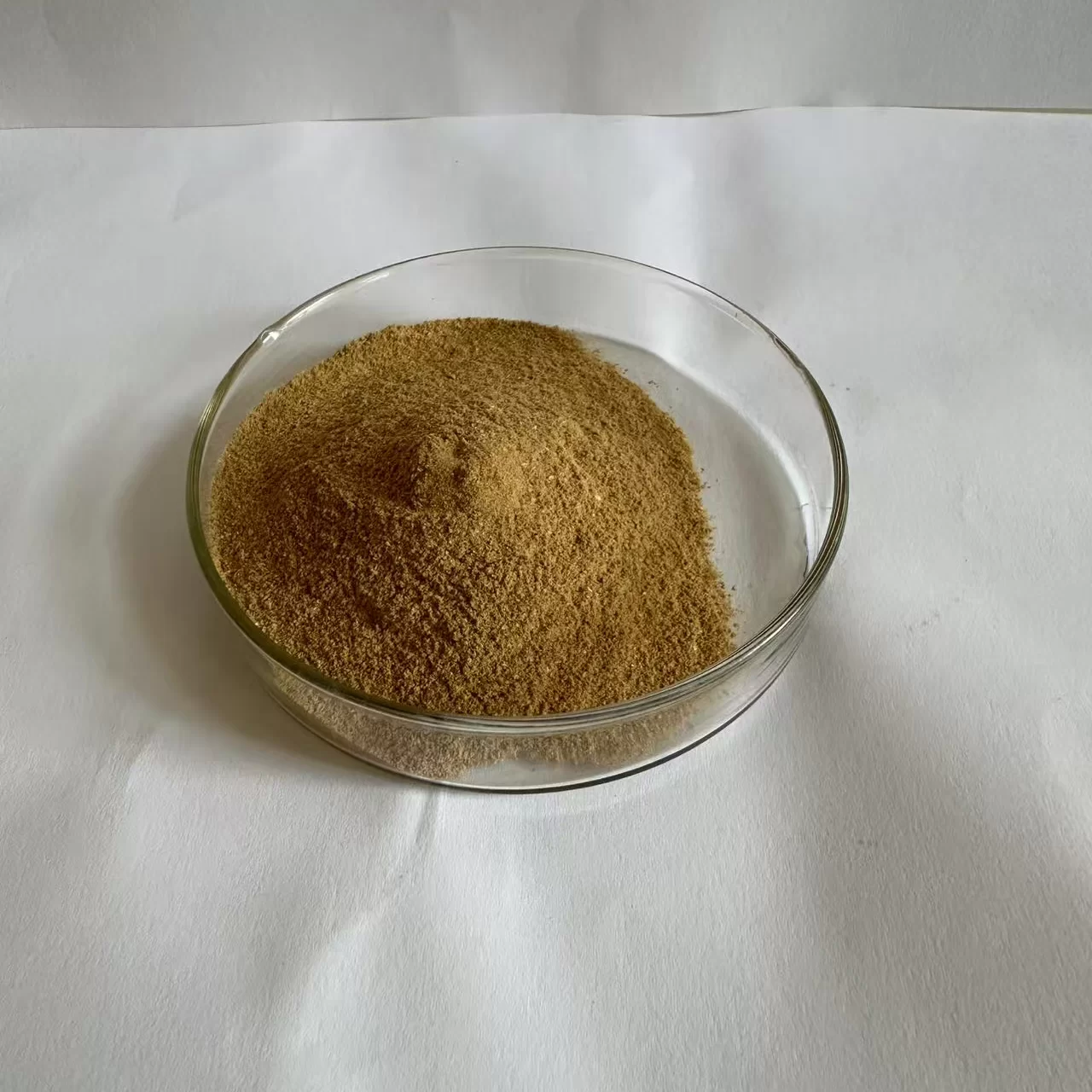What I’m Seeing in Proteases Right Now (and How One Workhorse Enzyme Is Winning Across Industries)
If you’ve been watching enzymes like I have, you’ll know the quiet revolution is real: lower temperatures, cleaner formulations, tighter specs. That’s why Protease for Leather, Detergent and Feed Applications keeps popping up in buyer shortlists. It’s a professional-grade preparation tuned for broad protein hydrolysis—leather dehairing, laundry, feed conversion, baking, soy protein isolation, yeast extract… even fermentation for beer, wine, rice wine and soy sauce. From Hebei, yes; specifically Han Village, Zhao County, Shijiazhuang City—an area that’s getting a reputation for dependable bioindustrial supplies.

Industry trends (and why this matters)
Detergents are shifting to cooler, shorter cycles; tanneries want to cut sulfide loads; feed mills aim for better amino acid availability without pushing steam. In fact, many buyers tell me they’re standardizing on one versatile protease to simplify purchasing and QA. The catch? It must survive varied pH, tolerate shear and salts, and ship with clear test data. That’s where Protease for Leather, Detergent and Feed Applications seems to do well—balanced activity profile, practical stability, and the right paperwork.
Process flow in the real world
Materials: aqueous enzyme concentrate or granule; optional Ca2+ stabilizer; food/feed-grade carriers. Methods: dosing in soak/liming (leather), main wash tank (detergent), post-pelleting spray or premix (feed), mash/fermentation adjunct (brewing/soy sauce). Testing standards: activity by casein/Folin (Anson); microbial limits per FCC; heavy metals by ICP; stability by accelerated aging. Service life: ≈12–24 months sealed at 4–25°C (real-world use may vary). Industries: leather, home care, feed, baking, plant protein, yeast extract, alcohol/wine/beer/juice/soy sauce.
Product specifications
| Activity (casein method) | ≈50,000–200,000 U/g (40°C, pH 7.5) |
| Forms | Liquid concentrate; dust-reduced granule |
| Working pH / Optimum | 5.5–10.0 / 7.5–9.0 |
| Temp profile | Active 20–60°C; optimal ≈40–55°C |
| Thermal stability | ≥80% activity after 30 min at 60°C (buffered) |
| Ions/compatibility | Ca2+ beneficial; tolerant to common surfactants; avoid oxidizers |
| Dosage (leather) | 0.05–0.2% owh in soak/liming, pH 8–10 |
| Dosage (detergent) | 0.1–0.6% as 100% active in base powder/liquid |
| Dosage (feed) | 20–100 g/ton, or per matrix values |
| Shelf life | 12–24 months unopened, cool & dry |
| Packaging | 25 kg drum/liquid; 20/25 kg bag/granule |

Compliance, QA, and test methods
Certificates available on request: ISO 9001, ISO 22000/HACCP (where food-contact applies), FAMI-QS for feed, Halal/Kosher. Typical assays: Anson/Folin casein activity, microbial limits per FCC, heavy metals, and stability via ISO 17025-accredited labs. EU feed additive handling aligns with Reg. 1831/2003. To be honest, paperwork makes or breaks procurement—this supplier gets that.
Vendor comparison (snapshot)
| Vendor | Activity range | Certifications | Lead time | Customization |
|---|---|---|---|---|
| Hebei origin (Han Village) | ≈50k–200k U/g | ISO 9001, FAMI-QS, Halal/Kosher | 10–20 days | Form, activity, stabilizer system |
| Global Brand A | 70k–250k U/g | Broad global | 3–6 weeks | Extensive, premium priced |
| Regional Supplier B | 30k–120k U/g | Selective | 2–4 weeks | Limited SKUs |
Customization and integration
- Activity tuning (e.g., 80k, 120k, 200k U/g) for formulation cost-in-use.
- Liquid vs. granule; encapsulation for detergent bleach compatibility.
- Feed premix compatibility; heat-stable versions for mild pelleting.
- Co-formulation with amylase, lipase for multi-enzyme cocktails.
Case notes from the field
Leather tannery (South Asia): Switched to Protease for Leather, Detergent and Feed Applications in soak/liming; sulfide reduced ≈18%, cleaner grain, fewer scud marks. Detergent plant (EU): Low-temp liquid SKU improved protein stain removal by ~12% at 30°C, with stable viscosity over 12 weeks at 25°C—customers noticed, oddly quickly. Feed mill (LATAM): Broiler diets saw +2–3% apparent ileal digestibility of crude protein; formulation cost came down a notch.
Note: Dosages and performance depend on substrate, pH, temperature, and shear; validate in pilot before scale-up.
Authoritative references
- Food Chemicals Codex (FCC) Monographs: Enzymes—Protease. USP Publishing. https://www.usp.org
- ISO/IEC 17025: General requirements for the competence of testing and calibration laboratories. https://www.iso.org
- Regulation (EC) No 1831/2003 on additives for use in animal nutrition. https://eur-lex.europa.eu
- GB/T 23527 (CN): Determination of protease activity—Casein method. Standardization Administration of China.
Our team comprises seasoned manufacturing experts and international business professionals.dye auxiliaries Core team members possess 15-20 years of industry experience,textile auxiliary manufacturer with deep understanding of every production detail and sharp market insights.textile auxiliary agent Our professional teams include:R&D Team: Continuous innovation, leading industry development Production Management Team: Pursuing excellence,auxiliaries chemicals ensuring stable quality Quality Control Team: Strict supervision with zero-tolerance attitude International Business Team: Professional service with seamless communication.textile auxiliaries chemicals